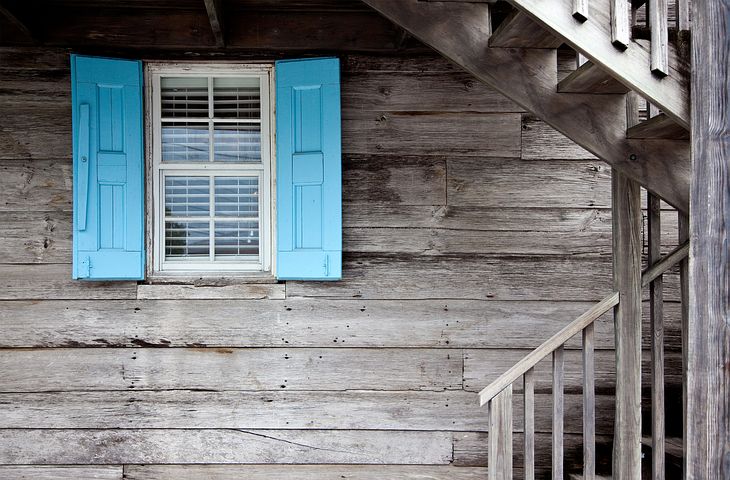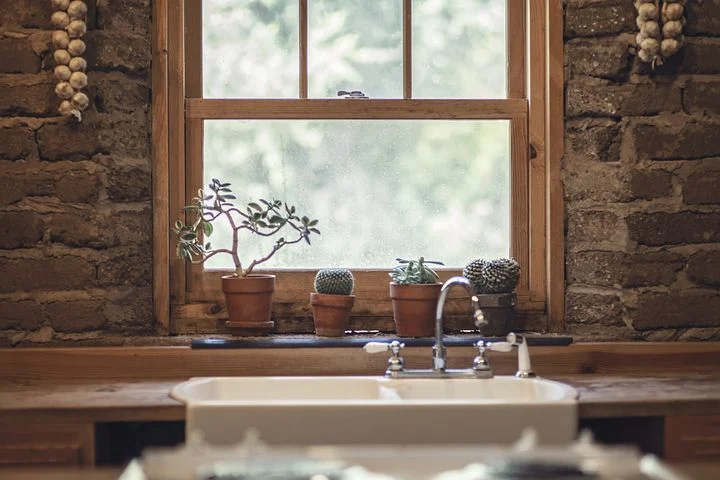How To Properly Inspect A House Before Deciding On Buying It

Have you or someone in your family recently been looking to purchase a new home, but you are unsure of the proper way to go about inspecting a property before you buy it? Maybe you have never owned a home before, and are not exactly sure of the types of things you should be looking at when considering the different homes you have viewed? Perhaps you have had bad experiences buying homes with issues in the past, and you are hoping to never repeat the experience again, so you need some ways to help you avoid it? If any of this sounds similar to your situation, then keep reading to learn more. This article will break down a couple of the different ways that you can properly inspect a house before deciding on buying it. Once you have bought a home there is no going back, so make sure to put the work in before so you know exactly what you are getting yourself into.
Roof
When you first pull up to a home that you might consider buying, the first thing you might notice is the state of the roof from the exterior. Depending on the type of roof that is on the home, you may or may not be able to immediately tell whether or not there are issues with the roof. Lots of modern homes use a metal roof with shingles on top in order to give the house an extra layer of protection in case something happens. If you do not have a metal roof, then you should be cautious of potential issues underneath the shingles, since past owners might have not been completely aware of the state of the roof. Roof problems can really mess up the rest of your home and cause water damage if not dealt with immediately, so if you encounter a home that looks like it has been experiencing roof problems for a long time, then you might want to reconsider buying it, or make an offer for a lowered price.
Piping
Another potential source of water damage to your home can be the piping within the walls that gives you a water supply to your various bathrooms and the kitchen. Depending on the age of your home, the piping that it comes with can sometimes be extremely old and outdated. Signs that there are issues with the piping in a home could be things like water spots on the walls or ceilings, or other evidence of water damage to the house. Replacing the piping in a home can be an incredibly costly endeavour, so you should make sure that you are factoring this cost into the added cost of purchasing any home that has these issues.
Sinks
Things that get used a lot in a home tend to be the ones that get the most frequent issues. The taps and faucets on sinks can often become leaky or misaligned, since they are in most cases used a lot on a regular basis. The good thing about sinks is that the individual parts are usually replaceable, so you will not need to buy a new sink every time you get a leak or issue. Sometimes sinks in a home will need to be replaced due to wear and tear, so if the sink in the home you are considering buying looks rough, then you could ask for a discount from the seller.

Shower
After you have examined the different sinks and the pipes in your home, it is now time to look at the other water based appliance in your bathroom- the shower. Whether or not you prefer showers or baths, the fact remains that having a quick shower is sometimes the only option for us to get ready in the morning when we are in a hurry. Since there are lots of moving parts in a shower head and faucet, it is fairly common to see issues with the older bathrooms. If you are handy you might be able to fix it yourself by looking into some leaking shower repair techniques or contacting a pro in your area to help get rid of your problems. Leaky showers can be a real drag, and depending on the nature of the leak it can sometimes lead to other problems in your bathroom or walls.
Basement
The basement can make or break a home that you are potentially looking at purchasing. An unfinished basement might be good for storage, but it will also severely limit the amount of space that you have in your newly purchased home. Conversely, if you have a home that has a newly renovated basement, it will sometimes add a huge amount of money to the overall cost of the home. Depending on what you are looking for, you might be able to save a few thousand dollars by purchasing a home that is either newly renovated, or has an unfinished basement.
Mold
One of the side effects of experiencing water leaks of flooding in a home is the presence of mold in the walls, floorboards, or ceilings. Mold can sometimes be a huge health hazard, and even be potentially fatal depending on the severity. It is always a good idea to get an expert mold inspector to look at the property before you make a purchase.
After exploring some of the different resources included above, the hope is that you have found some good information to help you learn how to properly inspect a house before deciding on buying it. Buying a home should be an enjoyable and exciting process, but having issues with a home you just purchased can put a real damper on the positivity of the moment. Make sure that you never experience buyers remorse with your home purchase using these tips and tricks to help you get informed. The best way to avoid buying a bad home is to have some great information that will allow you to make smart decisions, ask the right questions, and know when a home is not worth purchasing. Knowing more about the home inspection process can also help you to become a better bargainer when it comes to asking about the cost of a home.